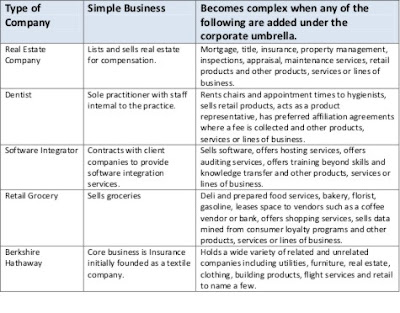There are a number of reasons why campaigns either succeed
or fail. Over the next few days, we will
look at these beginning with targets. Perhaps
the number one reason that campaigns fail or succeed is the definition
of the target. A target is not as simple
as being a person, a demographic, or a type.
Those are all characteristics. The
target for a campaign must also be defined in terms of the actions you want to
occur that will allow you to win.
Take for example the current political campaigns which are
certainly a business. The target is
defined as voters who will vote for the candidate and allow them to win the
election. Sounds good initially because
there is an action required of the target but this is so general, it will
inevitably cost much more than a targeted campaign. If a political campaign were run like a
business campaign, some of the parameters defined might be as follows.
1.
How many votes are needed? If you are looking at the actual vote count
the answer is an easy one more than all other candidates. However the US uses an Electoral
College system in which the popular vote in essence is a vote for the
electors who will cast the vote in the vote of the electors on the second
Wednesday in December. That certainly
changes the target. But if it was based
on raw votes and there was no plurality rule, your campaign needs to reach less
than 62% of eligible voters – the ones who vote.
2.
How do you find voters who will vote? Of the approximately 207 million people in the
US who are potentially eligible to vote in the next election, it is estimated
that less than 150 million will vote. Since voters must be registered to vote and
their voting history is recorded and publically available. In fact the US Census Bureau has
great data, to do data mining in which you can begin to build a better target
group. You will also be able to find out
how many newly eligible voters generally vote to help you define your target as
well as voters who can no longer cast a vote.
With probable voters defined, you can now begin to think about how to
reach them and get them to vote for your objective.
3.
How do you find the ones you need to win? With voters defined, there is more
information than can tighten the work of your campaign. Looking for consistencies as well as
inconsistencies of actions will define your approach, methods and strategy to
enhance the outcome of the vote. For
example - A certain percentage of the voters who vote, do so along party lines
without fail. This has averaged
approximately 37%. So the target voter
is now making sure that the portion of the 37% that can be counted and the
portion of the 63% that can be influenced are moved to your side of the vote.
As you can see in this example (used because it is a current
issue and applies well to almost any business model) rather than needing to
target potentially 207 million people the actual target is less than 60
million people who will potentially cast a vote. It is those votes that will determine the
election. It is still a large number but
through the use of data mined, targeted strategies can be employed which always
produces a better outcome with greater efficiency and less cost than a general
campaign.
If we were looking at this as a business rather than as
politics, we would have to question spending. Perhaps spending very little in general campaigns and the bulk of the money on
targeted voters would be a better use of funds.
In this example, spending attempts to reach everyone in the general population in hopes of reaching voters. Spending a small amount on general campaign costs for example 5 - 10% of the dollars per vote on general efforts and 90 - 95% per targeted voter, the same proportionate dollars that were needed to win votes targeted might reduce the cost of the campaign by over fifty percent. While that number is extrapolated and might be high, any number over 10% when you are talking the quantity of dollars spent in these campaigns would most likely get the attention of every person in a “C-level” role of a company.
In this example, spending attempts to reach everyone in the general population in hopes of reaching voters. Spending a small amount on general campaign costs for example 5 - 10% of the dollars per vote on general efforts and 90 - 95% per targeted voter, the same proportionate dollars that were needed to win votes targeted might reduce the cost of the campaign by over fifty percent. While that number is extrapolated and might be high, any number over 10% when you are talking the quantity of dollars spent in these campaigns would most likely get the attention of every person in a “C-level” role of a company.
The bottom line – in campaign strategy, no matter what type
of campaign – business, political, military or any other – an undefined target
will always be costly and reduce the chance of winning.


















